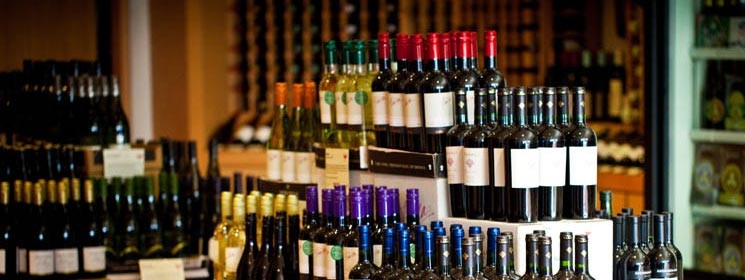Burgundy and Bordeaux, Chardonnay and Merlot. What’s in a name?
Wines are either named after the region where they come from, the grape variety used to produce the wine, or are given a made up name.
Here’s how it all works.
By Growing Region
Traditionally “old world” wine producing regions like France, Italy and Spain, labeled wines by their place of origin. When a wine is labeled by its place of origin; it is assumed that the grapes were grown on a particular type of soil, in a certain climate, where viticultural practices are outlined and certain rules apply to winemaking and ageing processes. Old world wine producers feel that place of origin affects the taste of a wine more than just the grapes. They label the wine by the place to highlight that importance. This sense of place expressed through wine is what people mean when they talk about “terroir”. It is the idea that the taste of place is as important, or even more important, than the grapes in the bottle.
By Grape Varietal
Most “new world” wines are named after the principle grape varietal in the bottle. A wine labelled as Cabernet Sauvignon could be be made with only Cabernet Sauvignon grapes, but it also could have up to 25% other grapes in the bottle- but that percentage changes depending on the growing region.
Fantasy Name
The wine is labeled with a completely made up name. This tells the consumer little about what to expect from the wine. For better or for worse, it can appeal to a lot of retailers and consumers.
Do you have questions about wine, beer or spirits that you’d like us to answer? Send your questions to online@bishopscellar.com to be featured in a future segment!

